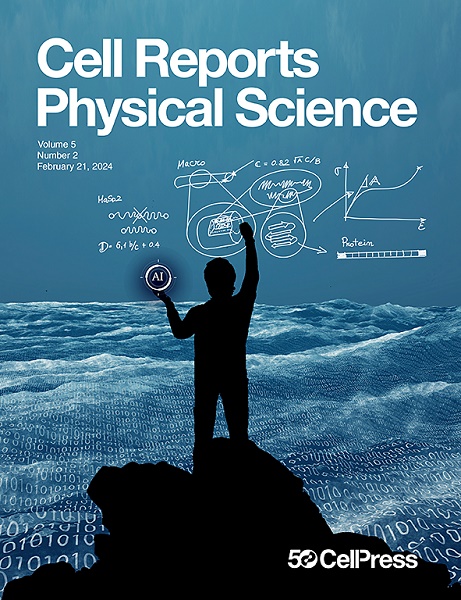Processing dynamics of carbon nanotube-epoxy nanocomposites during 3D printing
IF 7.9
2区 综合性期刊
Q1 CHEMISTRY, MULTIDISCIPLINARY
引用次数: 0
Abstract
Carbon nanotube (CNT)-reinforced polymer nanocomposites are promising candidates for a myriad of applications. Ad hoc CNT-polymer nanocomposite fabrication techniques inherently pose roadblocks to optimized processing, resulting in microstructural defects, i.e., void formation, poor interfacial adhesion, wettability, and agglomeration of CNTs inside the polymer matrix. Here, we show that a 3D printing technique offers improved processing of CNT-polymer nanocomposites. During printing, the shear-induced flow of an engineered nanocomposite ink through the micronozzle is beneficial, as it reduces the number of voids within the epoxy matrix, improves CNT dispersion and adhesion with epoxy, and partially aligns the CNTs. Such microstructural changes result in enhanced mechanical and thermal properties of the nanocomposites compared to their mold-cast counterparts. This work demonstrates the advantages of 3D printing in achieving improved processing dynamics for the fabrication of CNT-polymer nanocomposites with better structural and functional properties.碳纳米管-环氧纳米复合材料在3D打印过程中的加工动态
碳纳米管(CNT)增强聚合物纳米复合材料具有广阔的应用前景。特别的碳纳米管-聚合物纳米复合材料制造技术本身就给优化加工带来了障碍,导致微观结构缺陷,即孔隙形成、界面粘附性差、润湿性差以及碳纳米管在聚合物基体内的团聚。在这里,我们展示了3D打印技术提供了碳纳米管聚合物纳米复合材料的改进加工。在打印过程中,工程纳米复合油墨通过微喷嘴的剪切诱导流动是有益的,因为它减少了环氧基体内的空隙数量,改善了碳纳米管的分散和与环氧树脂的粘附性,并部分对齐了碳纳米管。这种微观结构的变化导致纳米复合材料的力学和热性能比模铸的同类材料增强。这项工作证明了3D打印在制造具有更好结构和功能特性的碳纳米管聚合物纳米复合材料方面的优势。
本文章由计算机程序翻译,如有差异,请以英文原文为准。
求助全文
约1分钟内获得全文
求助全文
来源期刊

Cell Reports Physical Science
Energy-Energy (all)
CiteScore
11.40
自引率
2.20%
发文量
388
审稿时长
62 days
期刊介绍:
Cell Reports Physical Science, a premium open-access journal from Cell Press, features high-quality, cutting-edge research spanning the physical sciences. It serves as an open forum fostering collaboration among physical scientists while championing open science principles. Published works must signify significant advancements in fundamental insight or technological applications within fields such as chemistry, physics, materials science, energy science, engineering, and related interdisciplinary studies. In addition to longer articles, the journal considers impactful short-form reports and short reviews covering recent literature in emerging fields. Continually adapting to the evolving open science landscape, the journal reviews its policies to align with community consensus and best practices.
 求助内容:
求助内容: 应助结果提醒方式:
应助结果提醒方式:


